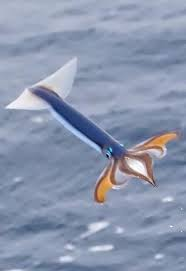What are war bikes, is it like in Furiosa
2-wheeled APCs, without the A.
I think it’s literally just dirt bikes with soldiers on them. If that video from a while back is any indication, they’re a lot like clay pigeon target practice for Ukraine’s drones.
It’s… Something like Furiosa yes.
This is pretty brilliant tbh. 😂
It’s really only brilliant if your opponent doesn’t know about it. Which Ukraine does.
Still brilliant since ww1 or 2.
Cause confusion and splitting of resources
It was a brilliant tactic in WW2 where most reconnaissance was done by pilots looking out their windows and noting what they saw.
In the days of computer analysis of satellite images, drone footage and just basic tools like heat-sensing IR cameras and Lidar, it’s not all that great an idea. It’s pretty easy to figure out just from heat signatures whether or not that line of tanks has no people in them.
That’s not how the majority of tactical reconnaissance is being done in Ukraine, especially when it comes to artillery fire missions.
Forward observers are either heavily augmented with, or in many cases, entirely replaced by pilots with cheap drones.
You can’t see the IR emissions from a few people through several inches of steel. You would be able to see a running engine, but you’d also be able to see a small stove inside the inflatable, simulating that engine heat.
I would think that the heat signature of an actual engine in a metal tank would be significantly different than a random heat source in a rubber one. I doubt it would fool a drone operator etc. that’s encountered one or two real ones.
With enough analysis, yes, you could distinguish. Often, in reality, you’re limited by tree cover, weather, distance, sensitivity of your equipment, and experience of the operators and analysts. And, of course, time pressure.
But if you end up spending a significant amount of time and effort distinguishing a real tank from a fake one, that’s already a win for the decoy.





